The British specification for fire detection and alarm systems in buildings is BS 5839. It establishes regulations for designing, installing, commissioning, and maintaining fire alarm systems to ensure they adhere to fire safety standards.
By adhering to BS 5839, one can guarantee the early detection of fires, the implementation of effective warning systems, and the enhanced protection of both life and property.
Introduction BS 5839-1
BS 5839-1 is a fire safety standard that specifies the most effective methods for fire alarm systems in structures. It offers suggestions for the planning, design, installation, commissioning, and maintenance of fire detection and fire alarm systems in and around non-domestic premises. There are a lot of different kinds of “fire detection and alarm systems.” Some are very simple, with only sounders and manual call points. In contrast, others are very complex, with a lot of automatic fire detectors, manual call points, and sounders that are all connected to a lot of different networked control and indicating panels.
BS 5839 Part 1 does not encompass systems primarily responsible for controlling or extinguishing fire, such as automatic extinguishing systems or sprinklers. However, it does encompass the secondary alarm signal that these systems generate. Voice alarm systems (which are covered separately in BS 5839-8) and systems that combine fire alarm features with features that aren’t related to fire are also not included. It also precludes notification devices that are manually or mechanically operated, such as hand-crank bells.
BS 5839-1 applies to a variety of non-domestic structures, such as:
- Offices
- Hospitals and healthcare facilities
- Schools and universities
- Warehouses and industrial facilities
- Shops, hotels, and public buildings
Main objectives:
- Establish explicit criteria for the design of fire alarm systems.
- Guarantee appropriate installation and commissioning procedures.
- Implement maintenance protocols to ensure sustained system reliability.
- Enhance fire detection and early warning systems to avert loss of life and property.
Categories of fire alarm systems according to BS 5839-1:
1. Manual Fire Alarm Systems (Category M)
Lacking automatic fire detectors, the building is equipped with call points and sounders.
2. Life Protection Systems (Category L)
Engineered to safeguard human life by the provision of early alerts.
- L1: Comprehensive coverage encompassing all rooms, corridors, and voids.
- L2: Addresses egress pathways and high-risk zones.
- L3: Encompasses egress pathways and adjacent chambers.
- L4: Offers detection just in escape routes.
- L5: Tailored systems engineered for particular fire hazards.
3. Property Protection Systems (Category P)
Aimed at reducing fire damage to structures and their contents.
- P1: Comprehensive covering to safeguard the entire structure.
- P2: Detection is limited to high-risk locations exclusively.
What it includes:
Fire authorities no longer issue fire certificates, which were previously valid, and they now lack legal status. The Regulatory Reform (Fire Safety) Order (FSO) superseded the majority of fire safety legislation with a single new order. It implies that any individual who has some degree of control over premises (typically the employer) is required to take measures to mitigate the risk of fire, consider the containment of a fire in the event of its occurrence, and ensure that individuals can safely evacuate in the event of a fire.
- An evaluation of the risk should serve as the foundation for all fire alarm designs.
- A competent individual should conduct all fire risk assessments.
- It is imperative to conduct routine reviews of fire risk assessments.
What comprises a fire risk assessment and its results?
- Recognising fire threats, including ignition sources, fuel, or oxygen.
- Identifying all individuals at risk within and surrounding the premises.
- Assessing the likelihood of fire ignition and the associated hazards to individuals from a fire.
- Eliminating or mitigating fire hazards or threats to individuals from a fire.
- Safeguarding individuals through the implementation of fire safety measures.
- Documenting the salient discoveries.
- Formulating an emergency strategy.
- Notifying and training all pertinent individuals, including visitors.
- Facilitating staff training.
- Regularly review the fire risk assessment and implement modifications needed.
- Maintaining precise fire risk assessment documentation.
CONSIDERATIONS:
1. Design
BS 5839-1 establishes that a fire detection system must be created by a qualified individual, who is accountable for finalising the design and approving a ‘Design certificate.’ This must not be confused with other certifications pertaining to Installation.
Domains To Be Addressed:
a. Detection Zones:
- Structures must be segmented into zones to enable rapid identification of fire locations.
- Each zone must not surpass 2000m².
- Multi-story edifices ought to possess distinct zones for each level.
b. Alarm Zones and Sound Levels:
- Alarm sound levels must be a minimum of 65 dB(A) in general places.
- In sleeping quarters, alarms must register a minimum of 75 dB(A) at the head of the bed.
- Visual alarms, such as flashing beacons, ought to be employed in situations with high noise levels.
c. Fire Alarm Call Points:
- Manual call points must be located at every exit and within a travel distance of 45 meters.
- In high-risk zones, the distance must be minimised to 25 meters.
d. Power Supply Requirements:
- Fire alarms must possess a primary power source (mains electricity) and a secondary power source (battery backup).
- Backup batteries must deliver a minimum of 24 hours of standby power, succeeded by 30 minutes of alarm functionality.
2. Installation
- Appropriate methods for the local safe isolation of the low-voltage supply circuit for power supply and control equipment must be implemented.
- All cables must possess fire resistance and have a minimum cross-sectional area of 1mm².
- Enhanced cable is to be utilised in scenarios necessitating more than four zones of phased evacuation, including multi-storey systems, hospitals (unsprinklered over 30 meters), or where risk assessment mandates enhanced cable.
- Proper spacing must be preserved between smoke and heat detectors to avert false alerts.
- Manual call points are mandated at all exits to the open air, regardless of whether the exits are designated as fire exits, unless the exits lead to an enclosed courtyard with no means of escape.
- Position CO detectors similarly to smoke detectors, but do not use them along escape routes without smoke detectors.
- System components must be readily accessible for maintenance purposes.
3. Commissioning
Before the approval of a fire alarm system for operational usage, it must complete commissioning, which encompasses:
- Evaluating the operational efficacy of each detector and call point.
- Assessing sound levels and clarity.
- Verifying the proper functionality of control panels.
- Verifying power supply redundancy.
Routine Inspection and Service:
To ensure reliability, fire alarm systems must be inspected and maintained as outlined below:
- Weekly: Conduct manual call point tests on a rotational schedule.
- Monthly: Test of backup power supply.
- Quarterly: Thorough system evaluation conducted by a certified engineer.
- Annual: Comprehensive inspection and maintenance of all components.
4. Documentation
Upon the conclusion of commissioning and user training, all documentation must be gathered and submitted to the client or their agent.
This will encompass:
- Design, installation, and commissioning certificates.
- Records of cable and insulation resistance tests.
- “As-fitted” schematics of the completed installation, encompassing wire routing specifics.
- Product documentation and user guidelines System logbook.
- A copy of the fire plan documents utilised by the commissioning engineer to program the system.
- The designer’s specifications and a documented list of approved variations.
Conclusion:
BS 5839-1 is the final standard for non-domestic fire detection and alarm systems, protecting life and property. Standardised design, installation, commissioning, and maintenance guarantee speedy fire detection, effective warning systems, and structured emergency response.
This standard classifies risk-based fire alarm systems as manual, life, and property protection. Strategic zoning for rapid fire detection, alarm sound levels, and power supply constraints maintain system stability. Commissioning ensures component operation before use, whereas installation focuses on fire-resistant cabling, detector locations, and isolation. Your fire alarm system needs a complete fire risk assessment to identify issues, examine dangers, and pick mitigation strategies. System efficacy requires weekly manual call point inspections and annual thorough reviews. To validate system integrity, we need design, installation, and commissioning paperwork.
Implementing BS 5839-1 requires a solid fire safety system that eliminates risk, prepares people for emergencies, and protects lives and property.
Call to Action:
Ensure that your building’s fire safety meets the requirements of BS 5839-1. Implement a fire detection and alarm system that is both reliable and effective in safeguarding lives, assets, and business continuity. Take proactive measures today, rather than waiting for an emergency. Assess the fire risk, install reliable fire alarm systems, and maintain them regularly. Maintain compliance with fire safety regulations and protect your property with solutions that have been approved by professionals. Schedule a consultation today to guarantee that your residential properties comply with the fire detection and alarm system standards of BS 5839-6.


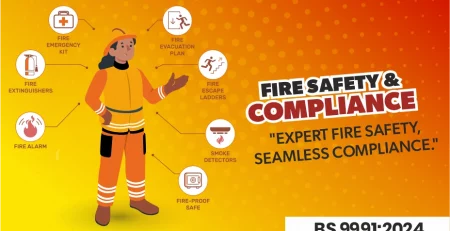
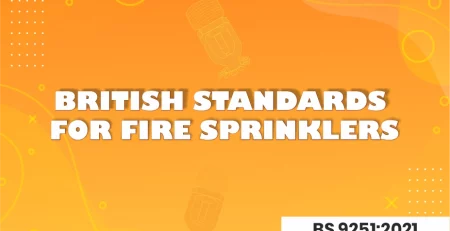
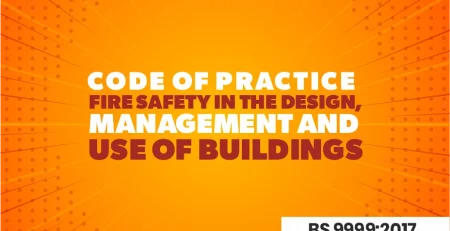
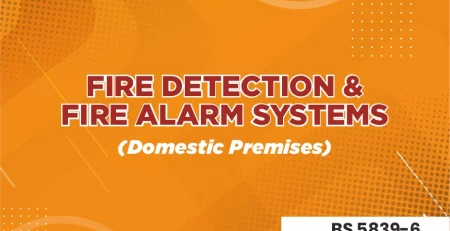
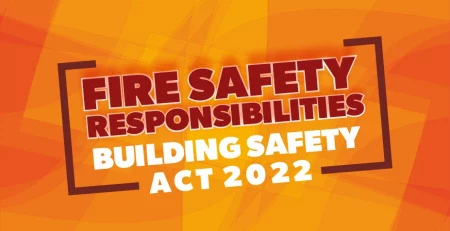
Leave a Reply